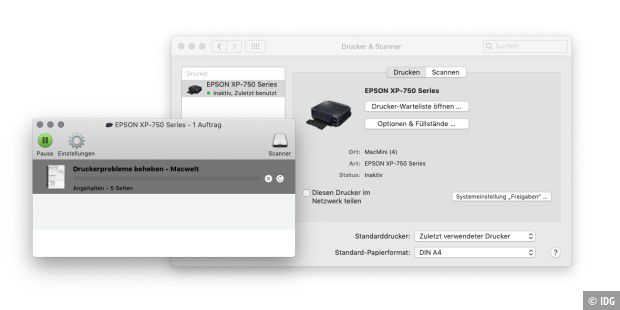

Indeed, the detailed monitoring of a structure’s performance over its service life would enable the early detection of structural faults, which could prevent the occurrence of potentially catastrophic events while providing valuable information for the optimization of structural designs. Along these lines, the implementation of a structural health monitoring (SHM) system already in the construction phase could bring manifold advantages. 1 This enormous demand for new infrastructure comes with the challenge of building a new generation of structures that are sustainable, climate resilient and energy efficient to promote the development of a more sustainable construction industry. Therefore, the implementation of effective damage identification and assessment strategies is required to determine the severity of ongoing deterioration processes, thereby enabling infrastructure owners to design appropriate maintenance/repair/strengthening plans to ultimately extend the service life of existing civil engineering structures.Īt the same time, it has been estimated that 75% of the infrastructure required to meet the needs of the world’s growing population and the increasing migration to urban areas has not yet been built. However, the economic and environmental cost of replacing all the currently deficient structures would be simply too high. The loss of structural integrity of reinforced concrete (RC) structures due to ageing or premature deterioration is a global issue that puts the safety of the users at risk and has a negative cascading effect on the competitiveness and welfare of a country. Finally, a post-processing procedure is presented to generate intuitive contour plots that can help delivering critical information about the element’s structural condition in a clear and straightforward manner.
#G force visualizer crack crack#
Similarly, crack widths computed based on distributed optical fibre sensor strain measurements differed by as little as ☒0 µm with results from digital image correlation, provided individual cracks could be successfully detected in the strain profiles. Performance wise, the robust distributed optical fibre sensors were able to provide a good estimate of the beam deflections with errors of between 12.3% and 6.5%. However, the presence of the protective sheath prevented the appearance of strain reading anomalies which has been a frequently reported issue. The results revealed that a certain strain attenuation occurs in embedded robust distributed optical fibre sensors compared to commonly used thin polyimide-coated distributed optical fibre sensors bonded to steel reinforcement bars. In this article, the suitability of embedding robust distributed optical fibre sensors featuring a protective sheath to accurately assess the performance indicators, in terms of vertical deflection and crack width, of three reinforced concrete beams subjected to four-point bending is investigated. Due to their lightweight, small size and high resistance to the environment, distributed optical fibre sensors stand out as a very promising technology for damage detection and quantification in reinforced concrete structures.

The implementation of structural health monitoring systems in civil engineering structures already in the construction phase could contribute to safer and more resilient infrastructure.


 0 kommentar(er)
0 kommentar(er)
